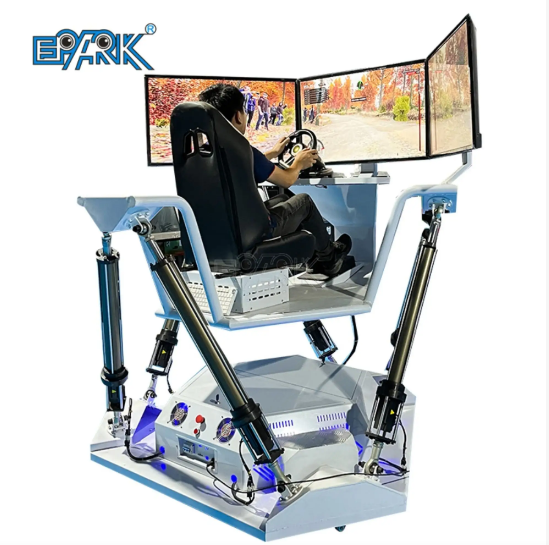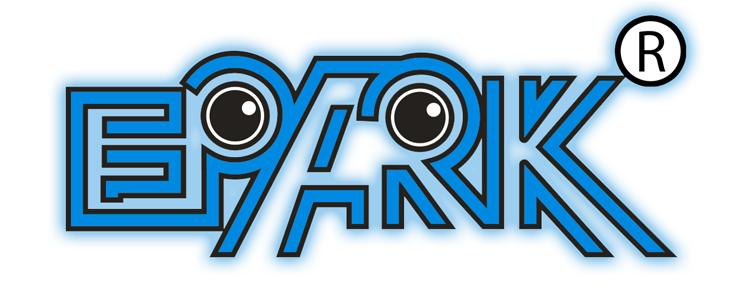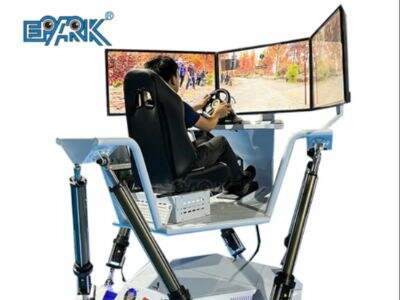AR, VR, and MR: Understanding the Differences and Advantages
Do you enjoy learning virtual reality, augmented reality, and mixed reality? These three technologies have now been waves being making the tech industry for some right time now. They are innovative, exciting, and potentially life-changing. But what do they mean? What are their advantages, and just how can they be applied?
Let's have a closer look at AR, VR, and MR by EPARK.

What are AR, VR, and MR?
First things first, let's define these three technological terms.
Augmented reality (AR) is when digital objects are onto the real globe, improving your connection with environmental real surroundings. For example, it is possible to use AR to observe how a new bit of would look in your living room before buying it.
Virtual reality (VR) is whenever you are completely immersed in a digital globe. You wear a headset and enter a 3D environment tricks your brain into believing you are somewhere else. VR simulator is often utilized for gaming, nonetheless it has applications in areas like education and therapy too.
Mixed reality (MR), sometimes called hybrid reality is a mix of AR and VR. In MR, digital and real-world objects and might communicate with every single other. A good example is when you use a Soundproof Pods headset which allows you to definitely see objects that are digital your real-world environment.
What are The Advantages of AR, VR, and MR?
All those technologies have its own advantages.
AR provides you with to enhance your experiences that could be every day. It will also help you with tasks like navigation or learning about historic sites. AR can make education more also interactive and will enhance security on the job.
VR is a personal immersive experience lets you explore worlds that are new. It could offer therapy when you yourself have stress or anxiety post-traumatic disorder. It can also simulate situations that are dangerous training purposes, such as learning how exactly to run heavy machinery.
MR combines some very nice benefits of both AR and VR. It permits for a higher degree of interaction between real and digital environments. MR may help with things such as item design or remote collaboration. It might also enhance entertainment experiences.
Simple Tips to Use AR, VR, and MR
Using AR, VR, and MR now is easier than you might think. To use AR, all that's necessary is a tablet or smartphone with a digital camera. Many AR apps are available on software stores or as built-in features on some phones that are smart.
To use VR, you'll need a VR headset. There are many VR headsets regarding the marketplace at different price points. Some headsets require some type of computer to use, while some may be run straight from a smartphone.
MR headsets are less widely available than AR and VR headsets. Magic headsets are some of the products which could be leading MR.
Safety and Quality
Safety may be an essential consideration using AR, VR, and MR. When using VR, for example, you should be careful not to trip or bump into items in to the real world you are immersed in the digital world. Some people can experience movement sickness also or headache after using VR.
Quality is an essential component using AR and VR. Low quality can ruin immersion, resulting in a less compelling experience. Likewise, low-quality AR apps may be frustrating and difficult to use.
Applications of AR, VR, and MR
AR, VR, and MR are used in many industries, from entertainment to healthcare to education. In entertainment, VR and AR can enhance gaming experiences, making them more immersive like in arcade game machine. MR provide new methods of viewing films or television shows.
In healthcare, VR can provide therapy if you have psychological health disorders. AR can help in surgical procedures by giving interactive displays of relevant information. MR may help with training doctors before encountering real-life circumstances.
In education, AR and VR can offer interactive experiences make learning more engaging. History lessons can include AR overlays that illustrate events and enable learners to explore them more deeply. MR can facilitate remote collaboration and project-based learning.

